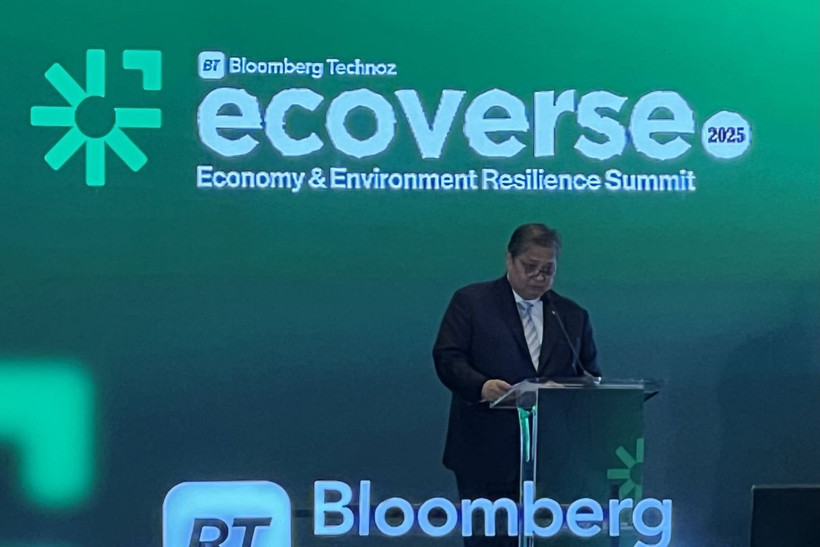
Indonesia will start the construction of seven waste-to-energy power plants in 2026 as the first step to develop 33 such facilities by 2029.
Indonesian Coordinating Minister for Economic Affairs Airlangga Hartarto said on November 20 that the plan will be deployed through Danantara (Indonesia’s sovereign wealth fund) as the government has committed to building waste-to-energy power plants, with the construction of seven projects beginning next year.
He added that these waste-to-energy plants are also crucial for boosting Indonesia’s tourism sector, where a waste-free city will contribute to improving the tourism sector’s ecosystem.
In a hearing with Commission VI, the President Director of the government-owned power corporation PT PLN, Darmawan Prasodjo, said the total capacity of the seven waste-to-energy power plants is approximately 197.4 megawatts, being capable of handling almost 12,000 tonnes of waste per day.
Environment Minister Hanif Faisol Nurofiq said that the seven potential locations for those plants are the Greater Yogyakarta, Greater Denpasar, Greater Bogor, Greater Bekasi, Greater Tangerang, Greater Medan, and Greater Semarang areas.
Meanwhile, two other areas, the Special Region of Jakarta and Greater Bandung, cannot yet be recommended because they do not meet key requirements such as land availability and administrative readiness.
Earlier, President Prabowo Subianto had targeted the construction of 33 waste-to-energy plants by 2029, spread across various Indonesian provinces, particularly in areas with waste problems.
This direction is stipulated in the Presidential Regulation Number 109/2025 concerning urban waste management through processing waste into renewable energy based on environmentally friendly technology. The regulation aims to resolve issues such as the complex tipping fees (waste processing fees) local governments must cover./.
(VNA)



